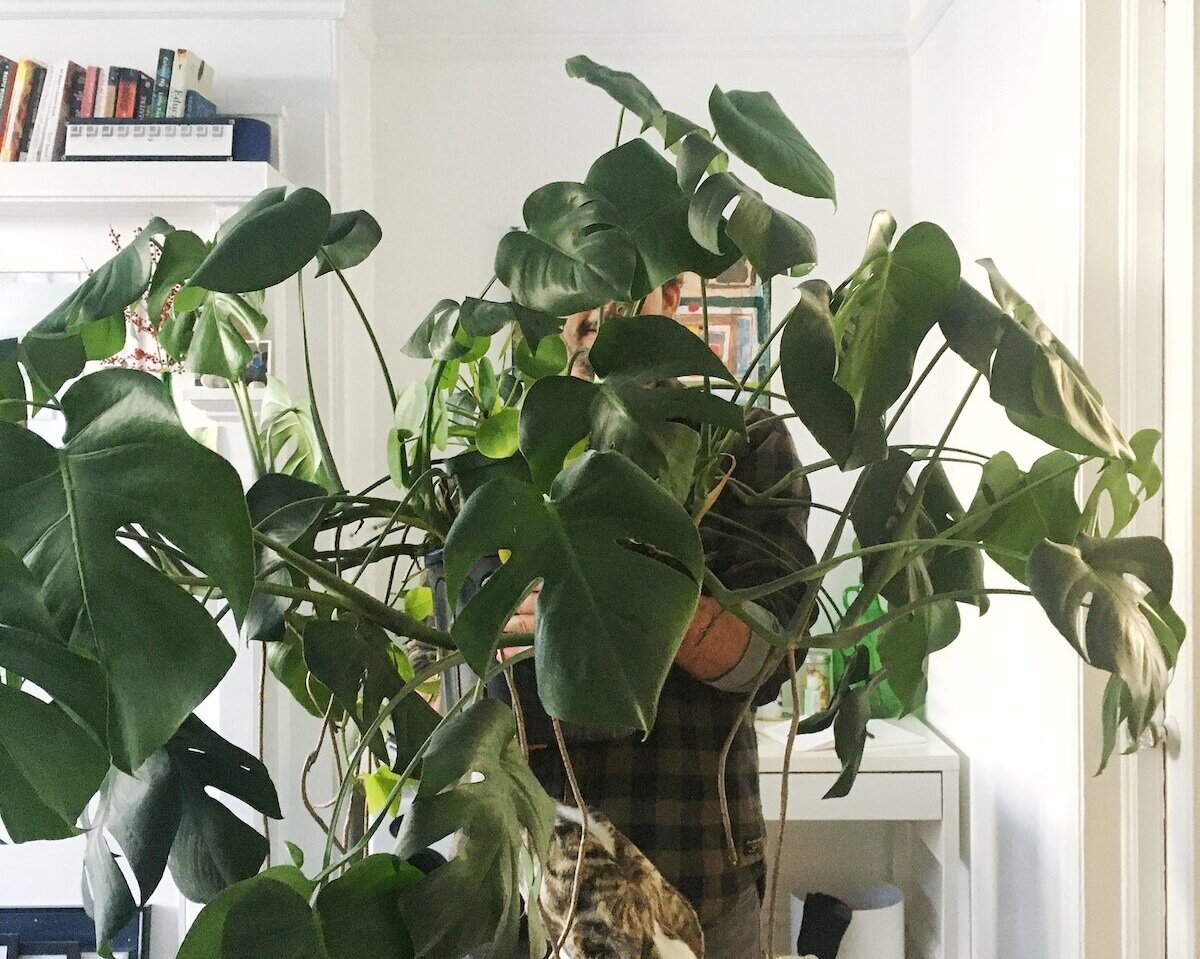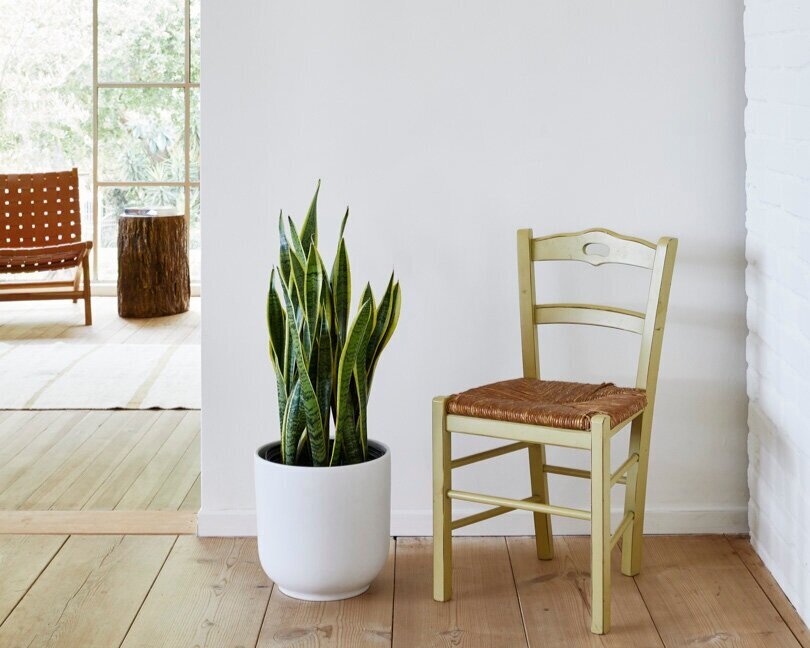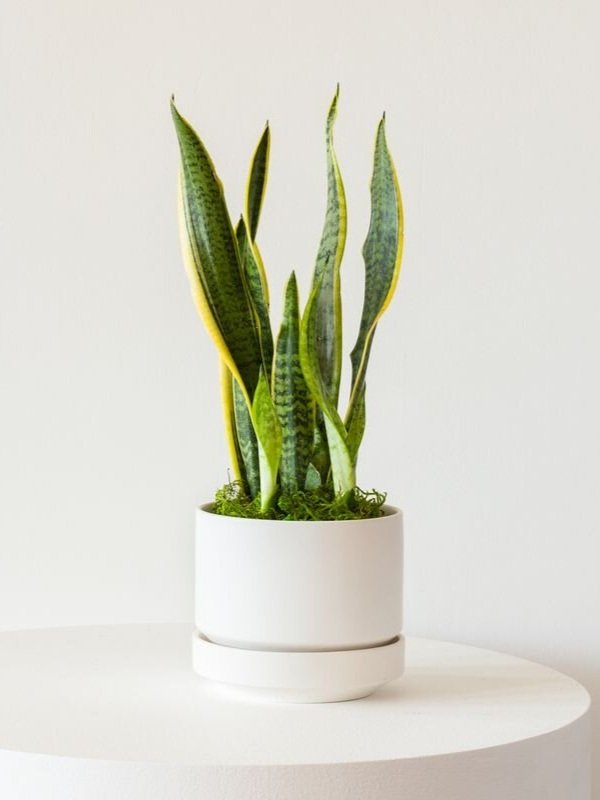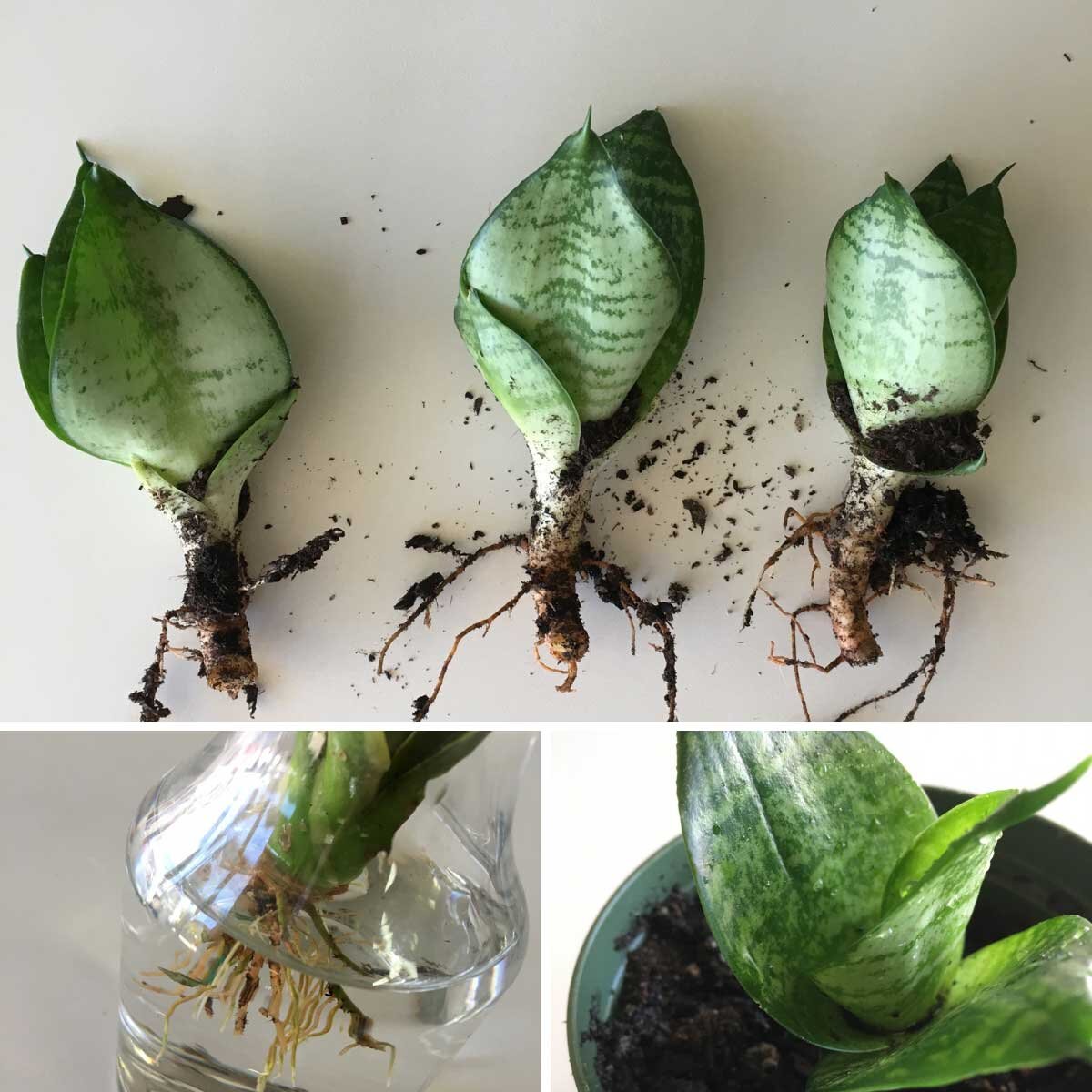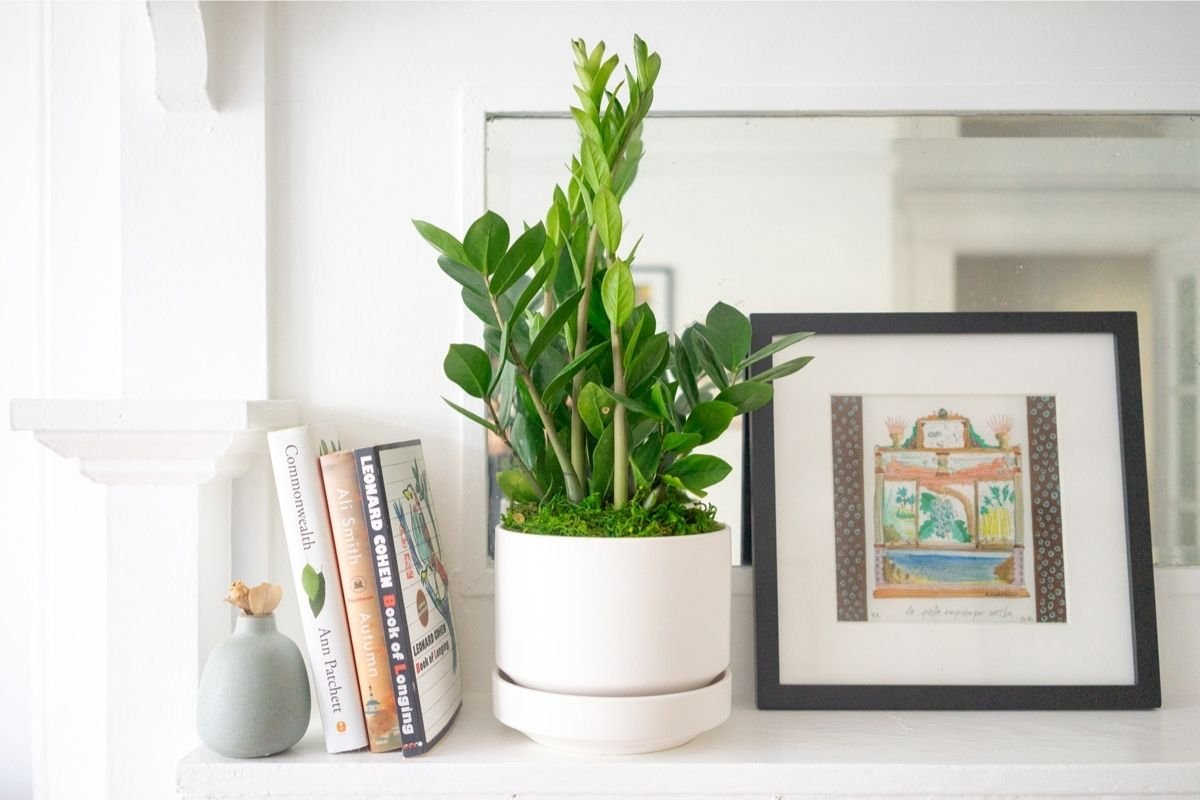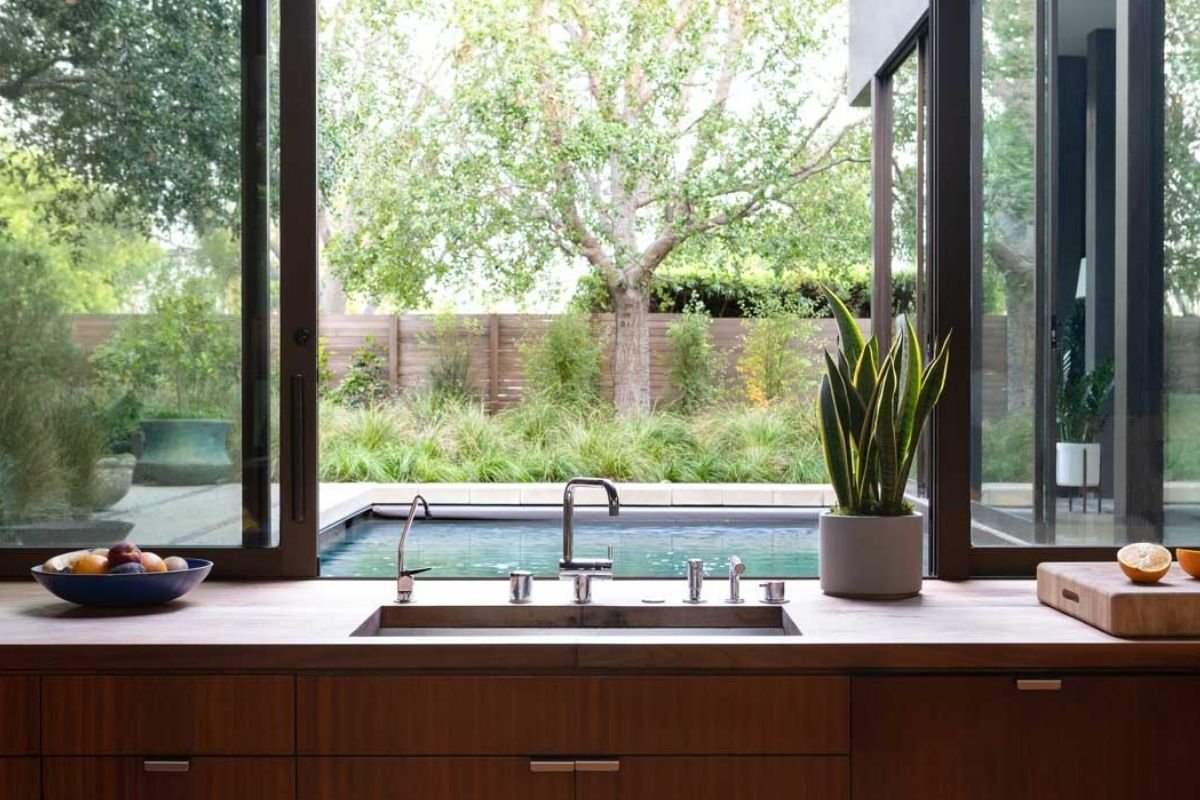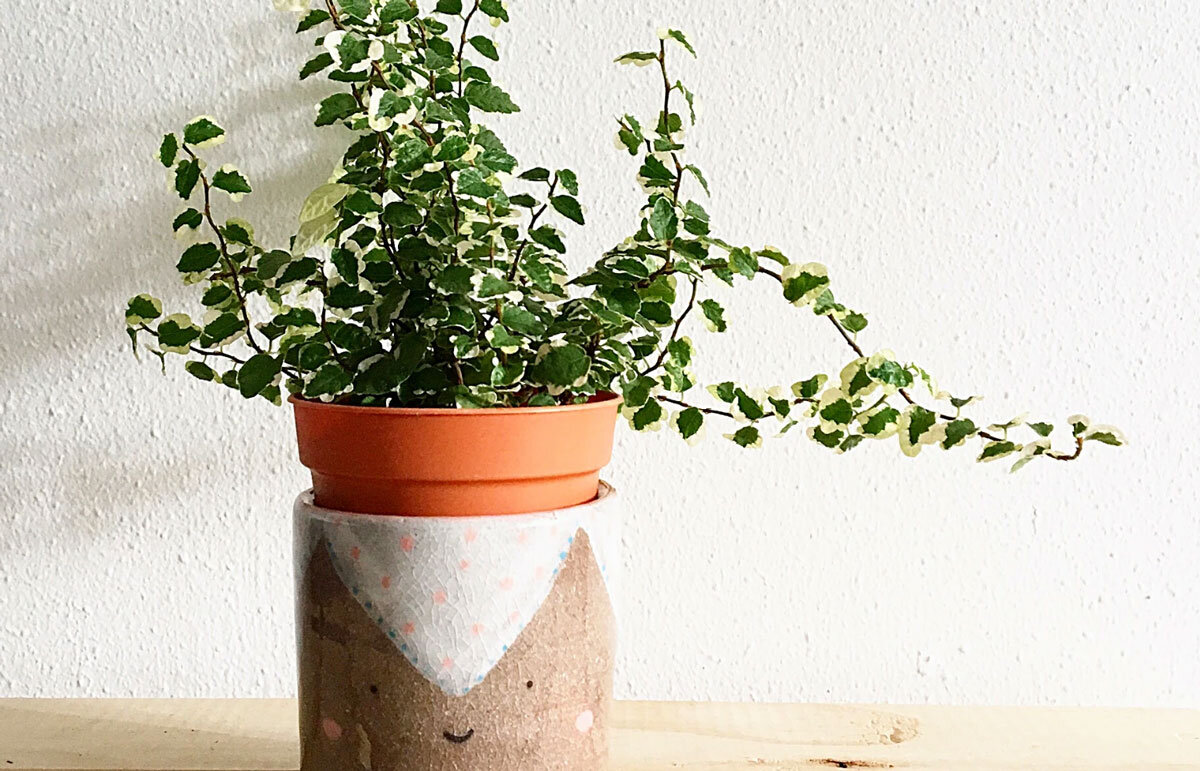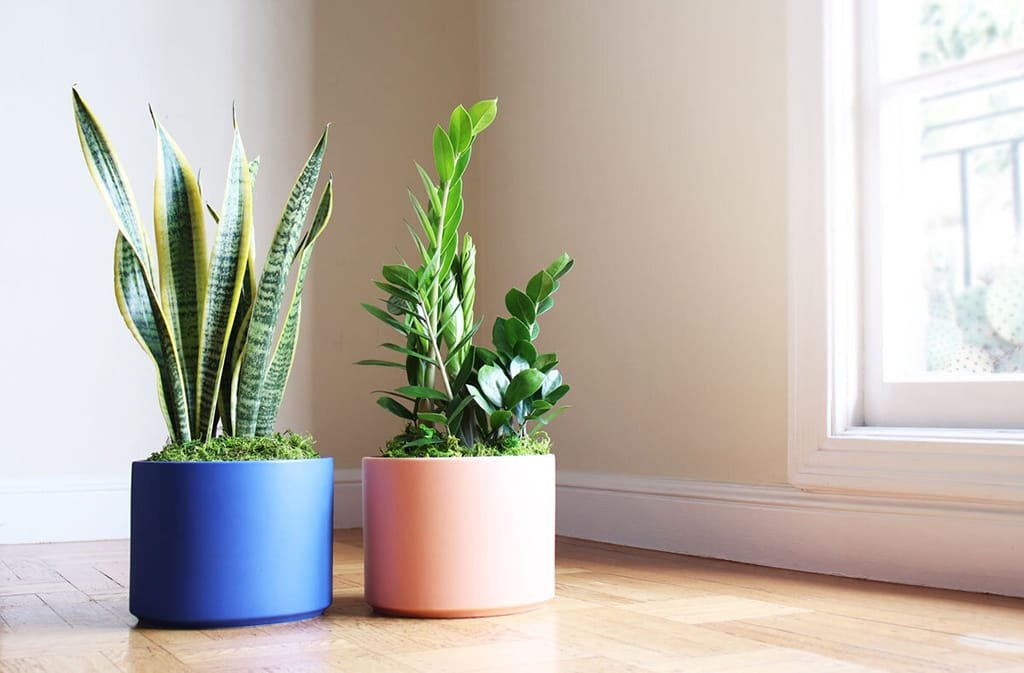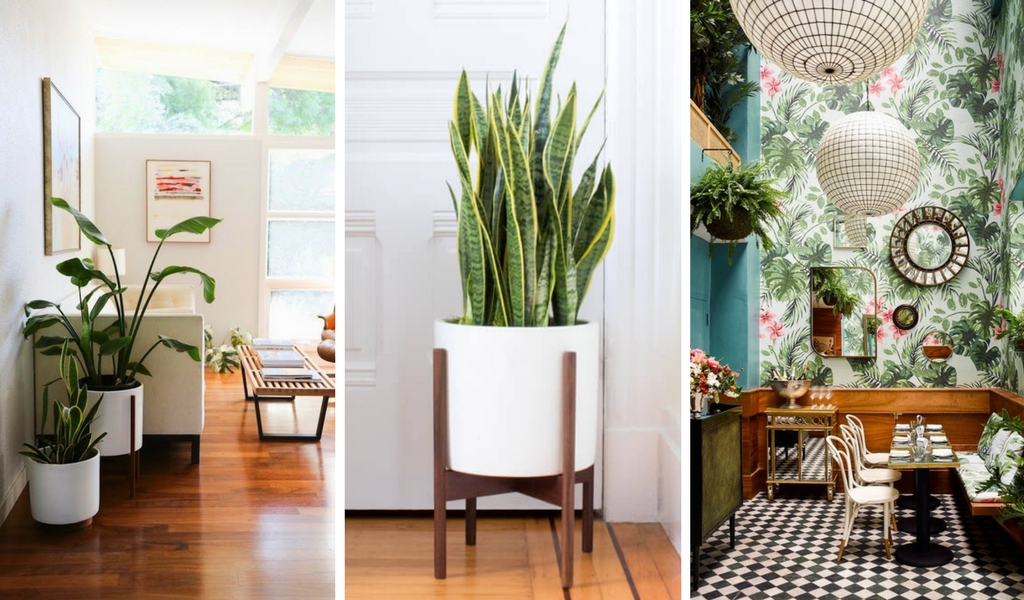Did you know that repotting your houseplants into a bigger container isn’t 100% necessary in most cases? That’s right— it’s optional! After researching and testing what works for best for busy city dwellers and urban gardeners, here’s our rundown on considerations for optimal indoor plant health.
Room for growth - the main reason to consider repotting is to give your plants room for growth. If you start to see roots growing out the drainage holes or circling around the top, potting up to a larger size will allow your plant to grow taller. If you want your plant to stay the same height and shape, you can keep it in its current pot size. Note that you may need to trim the plant and/or its roots.
Root rot or infestation - another reason you may need to repot your plant is due to root rot or infestation. Root rot is when too much moisture has built up in the roots and they have begun to literally rot. Alternatively, you may have a pest infestation such as mealybugs, spider-mites or other common indoor plant pests, and beyond basic treatments like neem oil and rubbing alcohol, it might be a good idea to repot the plant to ensure you get rid of all the pests and any potential larvae that may be in the soil.
Fresh nutrients - the other reason we repot our plants is to give them fresh, nutrient rich soil. Over time, potting soil can become depleted of the minerals and nutrients our plants crave, so even if you don’t want to repot your plant to something bigger, you may still consider giving it fresh new potting soil every few years.
Drainage - all plants need drainage so that their roots don’t stay sitting in soggy soil after watering and begin to rot. The plants we buy for our homes are grown in plastic nursery pots that are already pierced for appropriate draining. Many decorative planters that are designed for indoor use don’t have drainage holes, so it’s not advised to repot directly into these. Here’s how to pot a plant in a pot with no drainage hole, which is called staging. Read on for more!
Staging - the method we’ve found that works best for keeping your plants healthy and your home stylish is this one. Staging refers to placing your plant, nursery pot and all, inside the decorative planter (so it’s not directly potted in the planter). You can keep your designer ceramics cleaner and your plant comfortable in its nursery pot by simply matching the two to your desired height and finishing the top with a light cover of moss or pebbles. Have a look here to see how staging plants works. This reduces the amount of shock your plant experiences as it settles into your home and is easier for health checks and proper watering.
If you still think you need to repot, don’t forget to provide your newly repotted plant with plenty of light and a good drink of water just after its been placed in its new home! Avoid fertilizing right away, and be sure to read our guide on what to know before repotting your plant so that you’re fully prepared to set your plant up to thrive.
Indoor plants, potted & delivered
Premium plants paired with stylish ceramics, plus lifetime plant care support. Order online at leonandgeorge.com
